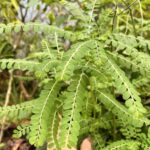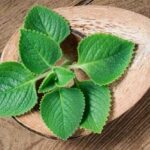The Eleutherococcus senticosus shrub, commonly known as Siberian ginseng, is an adaptogen herb that has been used for centuries in traditional medicine. Its roots and leaves are believed to offer a plethora of health benefits, making it a popular choice for those seeking a natural way to boost their well-being.
According to traditional practices, the leaves are often consumed raw, brewed into a tea, or cooked in a meat broth. This is especially common for those recovering from illness or for women who have recently given birth, as it is believed to help restore one’s health and vitality.
Furthermore, the leaves are said to possess diuretic, detoxifying, and anti-pruritic properties, while the roots are thought to improve blood circulation, reduce inflammation, and provide relief from pain and fatigue associated with physical weakness.
Growing your own Eleutherococcus senticosus shrub can be a rewarding experience, as it not only adds a decorative touch to your home or garden but also provides easy access to its therapeutic benefits. Below is a guide to help you get started with propagating and cultivating this versatile plant.
Propagating Eleutherococcus senticosus from Cuttings
– Selecting the Right Plant Variety
There are two main varieties of Eleutherococcus senticosus: the nep and the common variety. The common variety is characterized by its rough bark, larger, and straighter leaves. However, its root system is less developed, making it less desirable for cultivation. On the other hand, the nep variety has smoother bark, smaller, curled leaves, and a more extensive root system, which makes it economically preferable for planting.
When choosing a variety for propagation, the nep type is typically selected due to its superior root system and higher economic value.
– Timing Your Propagation
Eleutherococcus senticosus can be propagated year-round, but the ideal time to start the process is during the spring months, particularly around May. This timing ensures that the cuttings benefit from ample water and nutrients, promoting their successful establishment.
– Preparing and Planting Cuttings
To propagate Eleutherococcus senticosus, you will need to prepare several pots or seedling trays filled with clean, nutrient-rich soil. Mix organic fertilizer or compost with the soil a few weeks before planting to enhance its fertility. Ensure that the pots have adequate drainage holes to prevent waterlogging.
Select healthy, disease-free cuttings from the previous year’s growth. Look for branches that are neither too young nor too old and have a light brown color. Cut these branches into sections approximately 20-30 cm in length using a sharp knife or pruning shears. Make clean cuts to avoid damaging the cuttings.
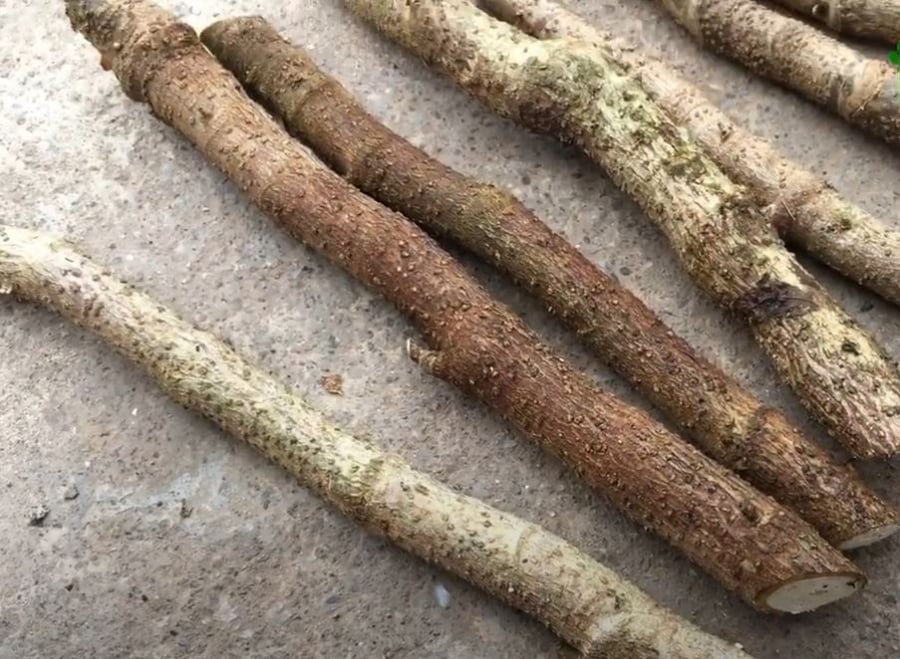
Choose healthy, disease-free cuttings for propagation.
After preparing your cuttings, dip the cut ends into a rooting hormone to stimulate root growth, and then plant them into the prepared pots or trays. The cuttings should be firmly inserted into the soil, leaving at least a few nodes below the surface.
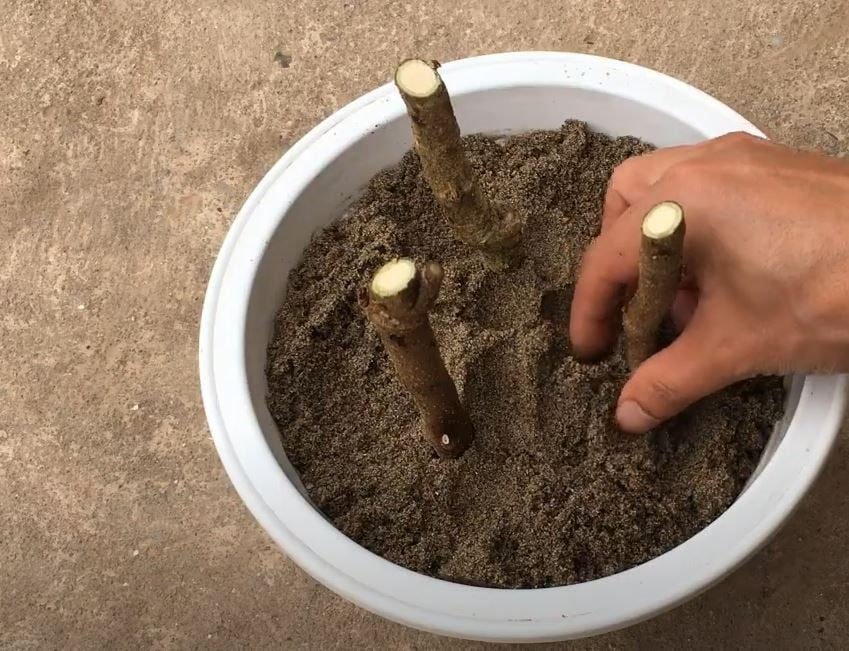
Plant the cuttings into the prepared pots or trays.
It typically takes over a month for the cuttings to develop roots. Once the new leaves emerge and reach a length of more than 10 cm, your seedlings are ready to be transplanted into larger pots or their permanent location.
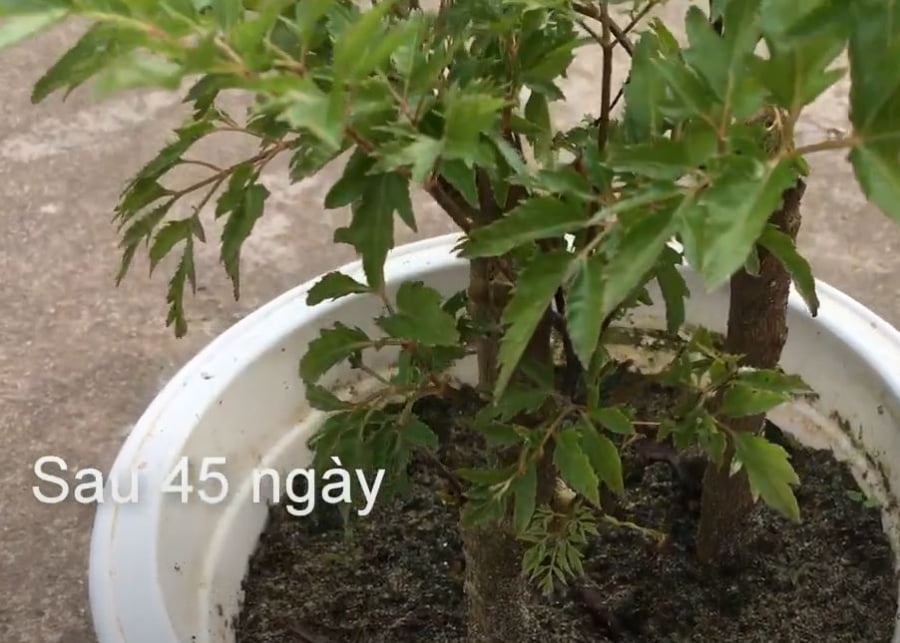
After a month, the cuttings will develop roots and new leaves.
During the propagation process, maintain moisture in the soil by watering regularly.
Cultivation Techniques for Eleutherococcus senticosus
When it comes to soil, Eleutherococcus senticosus thrives in well-drained, fertile soil. A mixture of loamy soil, organic matter, and additives like coconut coir or rice husks is ideal for providing the necessary nutrients and ensuring proper drainage.
Plant your Eleutherococcus senticosus in a large pot or container to accommodate its growth and avoid the need for frequent repotting, as the plant does not respond well to disturbances once established.
This shrub prefers a sunny location, so choose a spot that receives ample sunlight throughout the day. Maintain regular watering, especially during the initial stages after transplantation, to encourage root development. As the plant matures and establishes a robust root system, you can reduce the frequency of watering to once a day during dry seasons and every other day during rainy seasons.
To promote vigorous growth and overall health, fertilize your Eleutherococcus senticosus with a balanced fertilizer, such as NPK, or organic options like compost, cow manure, or urea. Additionally, consider using fertilizers rich in potassium and phosphorus to further enhance the plant’s growth and root development.
For mature plants over two years old, prune longer, thinner branches to direct the plant’s energy toward developing stronger, more robust stems and roots. Retain only one or two healthy, sturdy branches per plant to ensure optimal nutrient allocation.
Once your Eleutherococcus senticosus reaches the age of three years or more, you can begin harvesting the roots. The ideal time for root harvesting is between October and December, as this is when the roots are believed to possess their highest therapeutic value.
Unlocking Nature’s Secrets: Artemisia’s Power to Fight Covid-19
Artemisia vulgaris, commonly known as mugwort, is an ancient herb with a plethora of medicinal properties. Recent discoveries have unveiled an intriguing aspect of this plant – its potential to treat COVID-19 patients. Join us as we delve into the fascinating world of this sweet wormwood variety and explore its newly discovered powers with Bach Hoa XANH.
The Ultimate Guide to a Wild Herb’s Healing Powers: Unveiling an Uncommon Cure for Hepatitis B
Studies have shown that the herb Phyllanthus, also known as Phyllanthus niruri, contains compounds that exhibit potent antiviral properties against the hepatitis B virus. This traditional medicinal plant has been used for centuries in various cultural practices and is now being recognized for its potential in modern medicine.



























